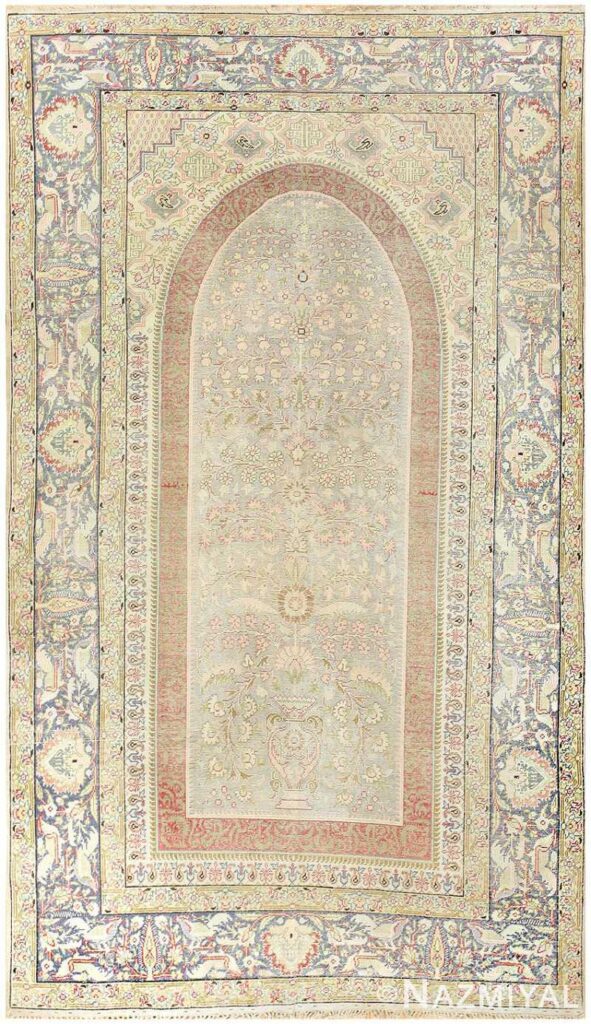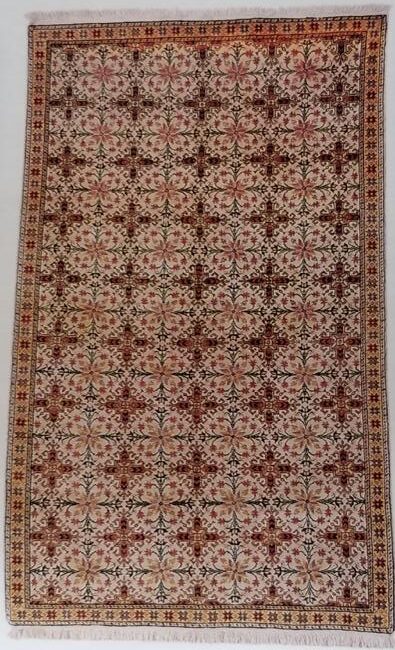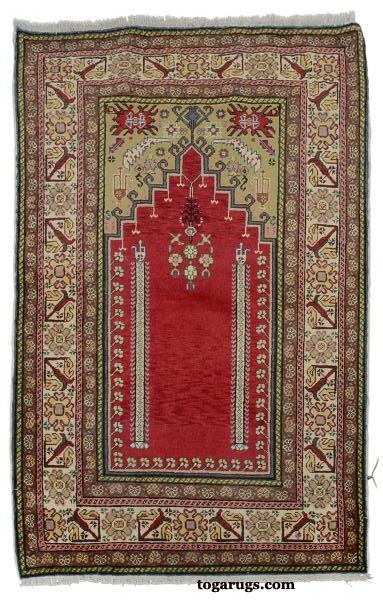Kayseri Rugs
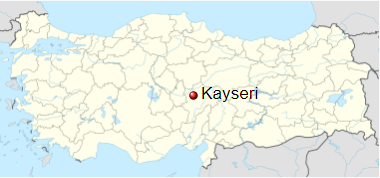
Qeysar and Kayser are relatively Arabic and Turkish equivalents for Caesar, Kaiser and Tsar in European languages. Previously known as Caesarea, Qeysaria, Kayserie and ultimately Kayseri in the modern Turkish alphabet, it is a far ancient dwelling place in central Anatolia located at the foot of the inactive volcano Mount Erciyes that towers 3,916 meters (12,848 feet) over the city.
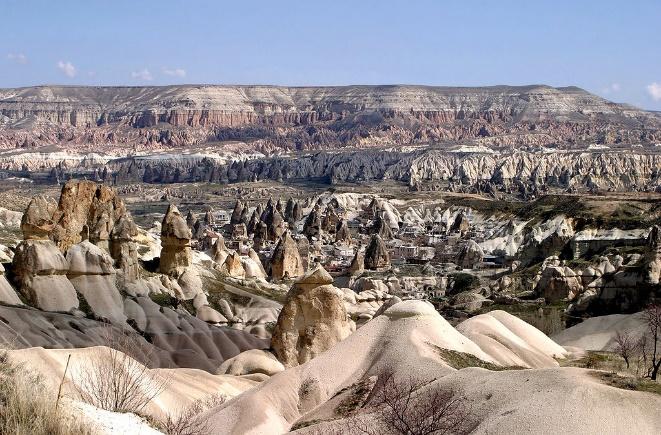
Kayseri province located at the south of historical region of Cappadocia. The province considered an important Turkish rug production center. Rugs from the nearby villages and towns (such as of Büyan) are also designated as Kayseri.
Like every other rug weaving center in Anatolia prayer rugs dominate the production. Good copies of Persian city-style designs are also produced in Kayseri. Silken rugs are also common.
Kayseri is a reputed name in kilim production. Kayseri kilims are wide in shape and delightsome in coloring.
Technical aspects and the structure of Kayseri Rugs
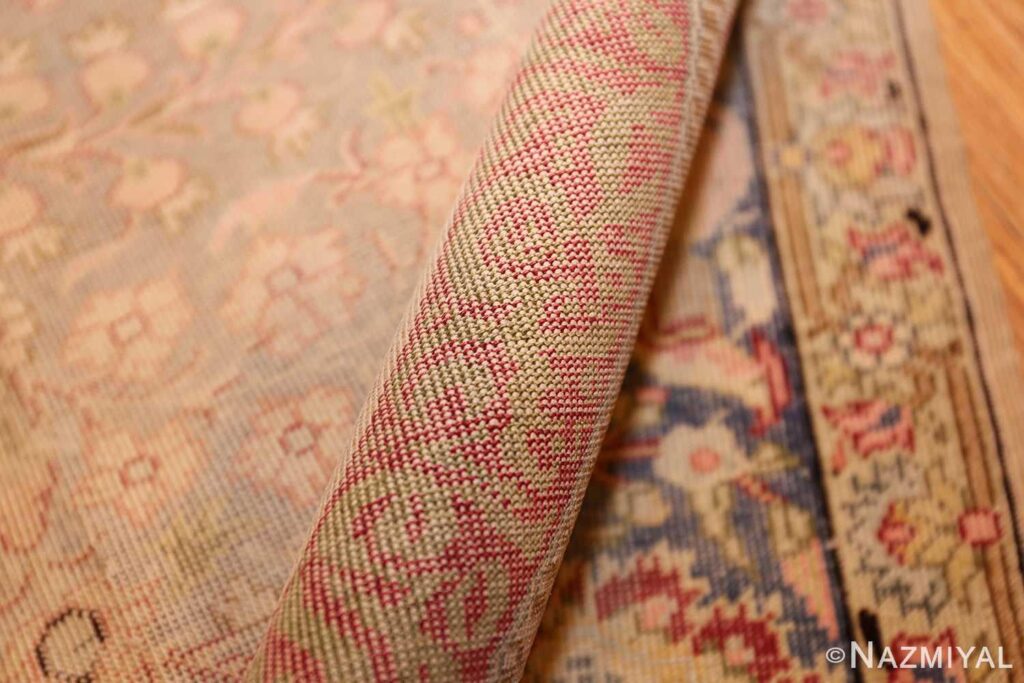
Kayseri contemporary rugs have averagely a knot density of 100 symmetric knots per square inch. Piles are of wool, rayon, mercerized cotton, or, rarely, silk on a cotton foundation. Some Kayseri rugs are woven with the asymmetric (Persian) knots.
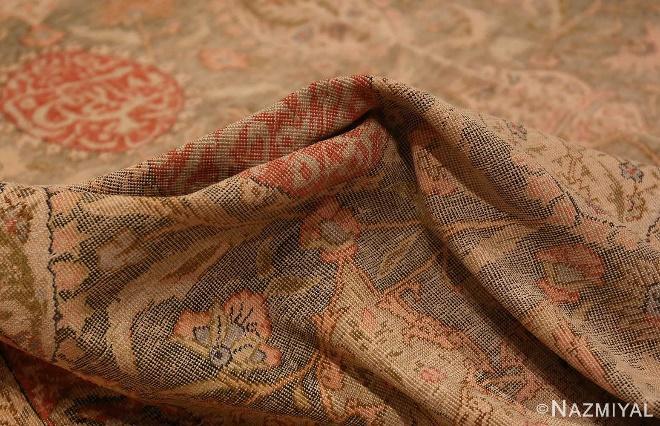
Knot count of Kayseri silken rugs is about 450 per square inch. Such pieces may be woven with silk piles on a silken foundation.
Small carpets and rug sizes are common. Runners also could be found. Kilims of the area are famous to be wide.
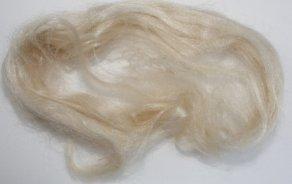
Dyeing and painting of Kayseri rugs
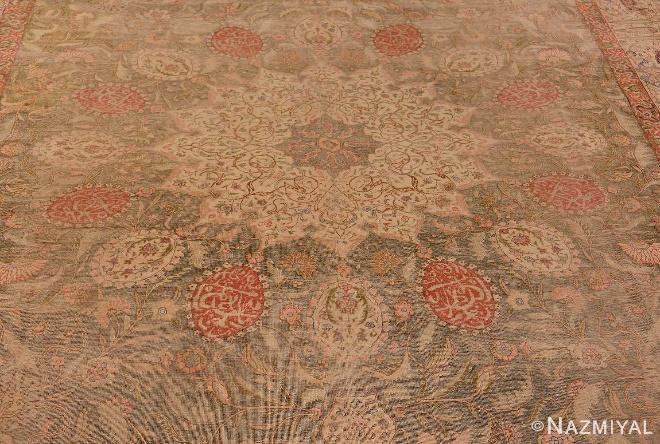
Diversity of designs used in Kayseri led to various palettes and diverse styles of painting.
A range of antique Kayseri pieces have neutral colorings made with light cinnamon, beige, yellowish cream and pale apricot. In nineteenth-century Kayseri rugs, white cotton was used with wool pile as a design accent.
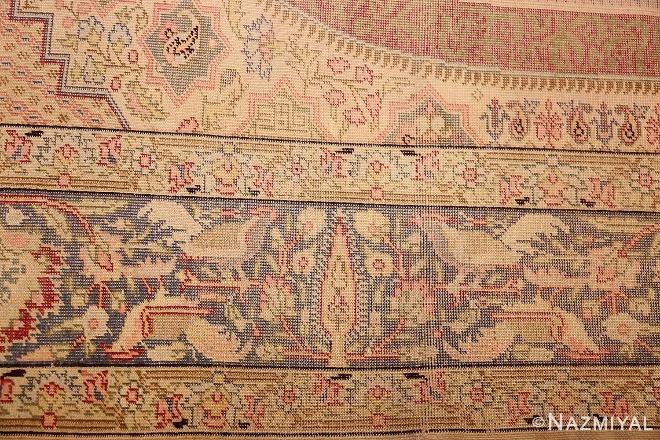
There are pieces with Persian designs in which Jade (or olive) is dominant color. This give a rare feature to the designs due to the fact that original Persian pieces almost never dominated with green shades.
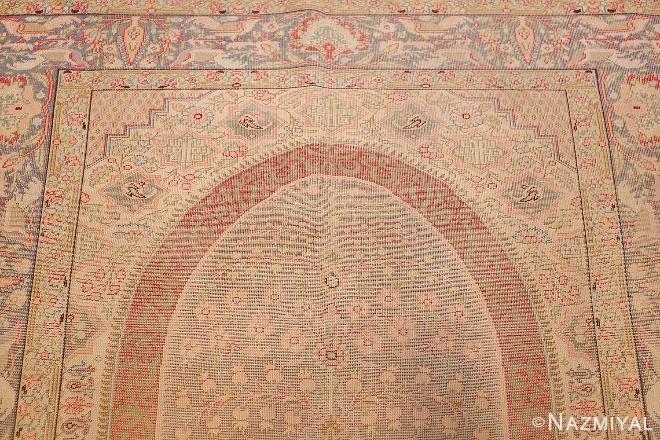
Silken pieces are dominated by crimson and golden shades. Dark blue fields with beige borders are also could be found.
Kilims woven in Kayseri and the surrounding area enjoy a cheerful composition of pastel colors. Their dominant colors are pale blue, yellow, and green.
Designs and patterns of the Kayseri rugs
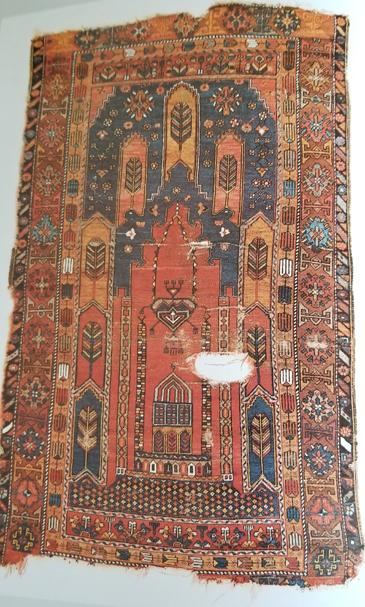
Both rectilinear and curvilinear designs are common in Kayseri. Being a major city on Silk Road, Kayseri enjoy a long connection with Persia (Iran) and Persian rugs and carpets.

Familiar with Persian pieces, Kayseri designers copied various types of rugs and carpets from various parts of Iran, from Kashan and Kerman’s central medallions and vase designs to Herati all-over patterns.
Kayseri antique prayer rugs have been woven in the style attributed to Gördes which is a rug center in western Anatolia. Such prayer rugs have a curvilinear mihrab, with columns and hanging lamps and with panels at top and bottom of the mihrabs. Borders of these prayer rugs are rather wide and filled with large floral patterns. Some mihrabs may be filled a tree of life.
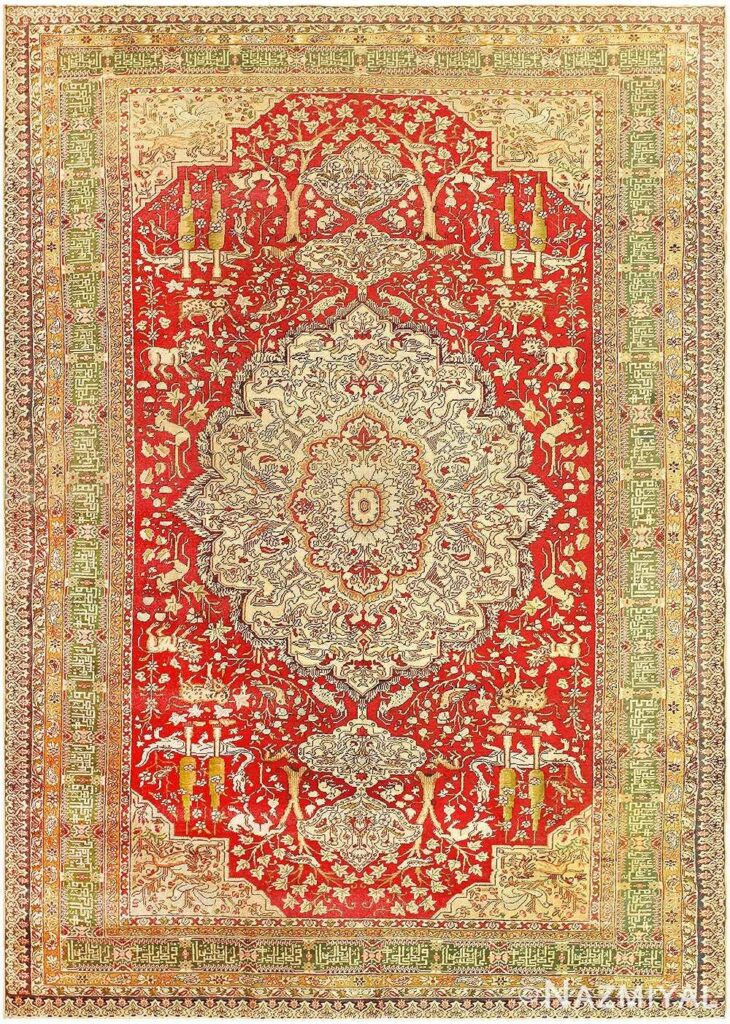
Rugs designed with large geometric medallions in double and triple formats could also be found among tribal pieces woven Kayseri province.
